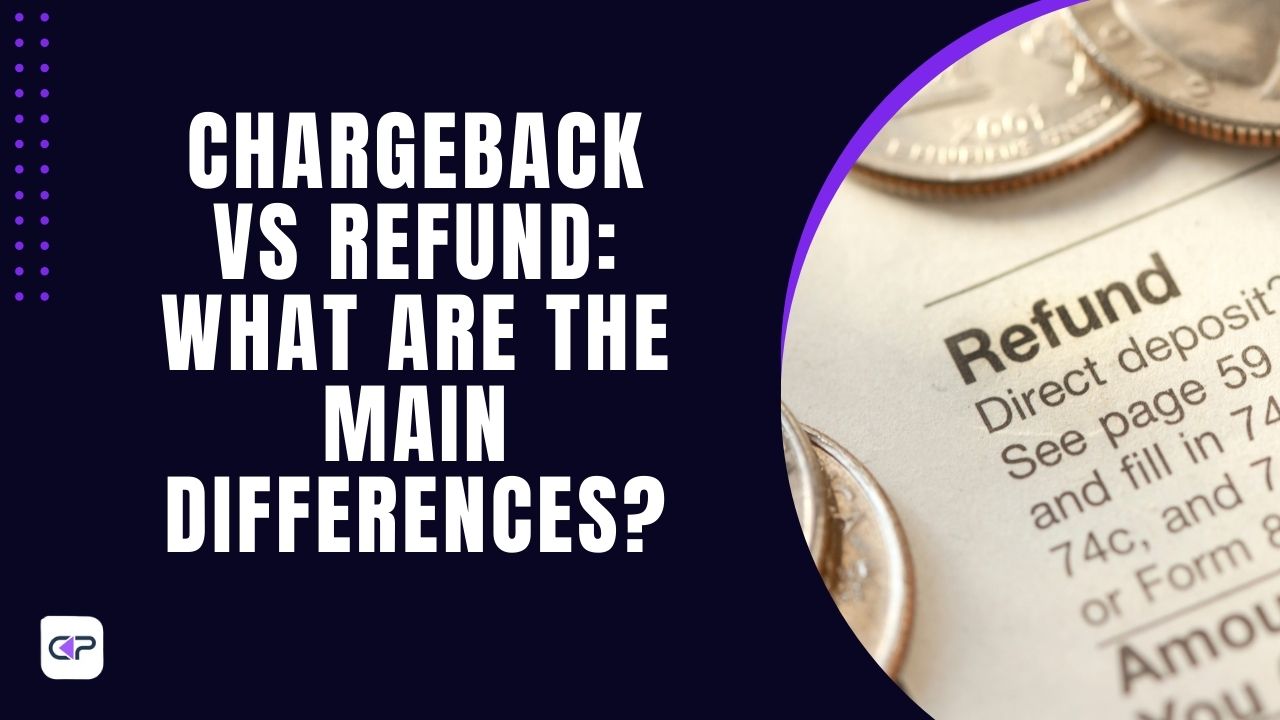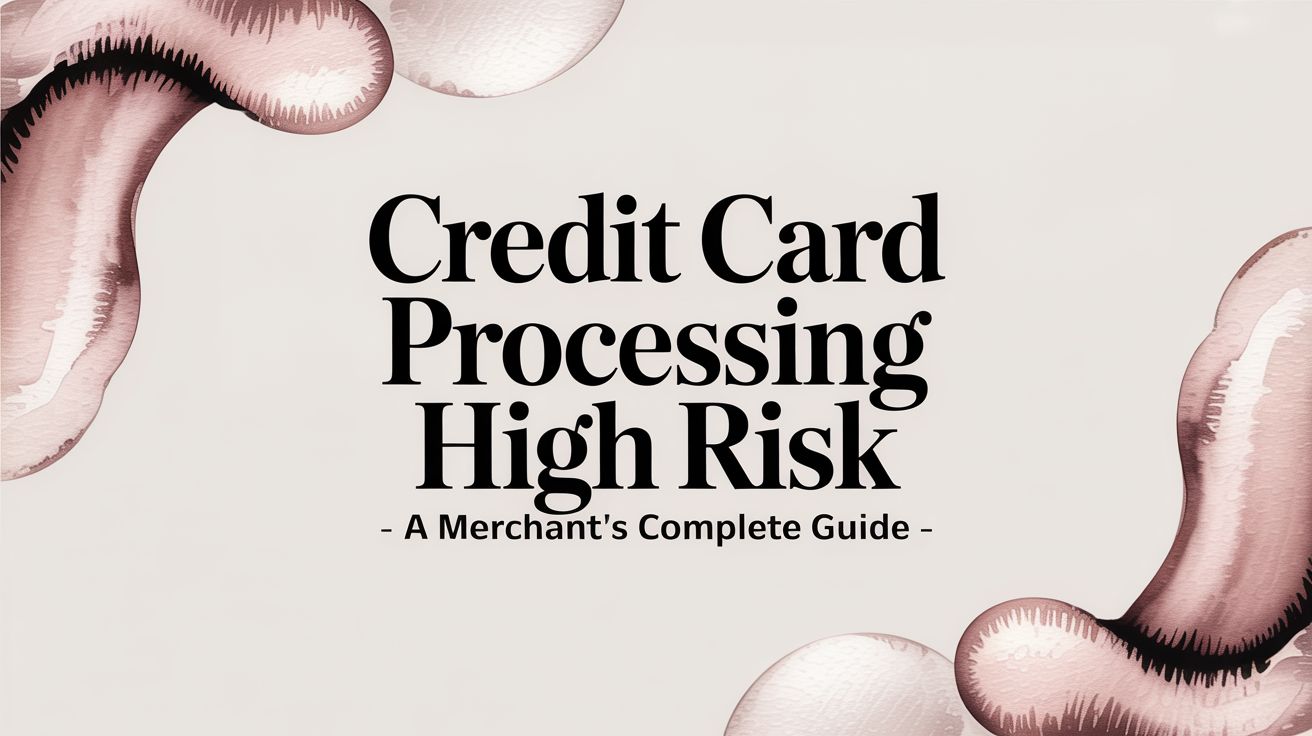
How do businesses manage transaction disputes without losing revenue and damaging customer relationships?
Chargebacks and refunds are common ways to handle such issues, but they have distinct implications for merchants.
According to industry reports, chargebacks cost businesses over $31 billion annually, with fees and lost sales amounts. In contrast, refunds offer a more controlled way for merchants to resolve customer complaints and avoid the costly consequences of chargebacks.
Understanding the differences between chargeback vs refund is crucial for businesses aiming to protect their bottom line while maintaining positive customer experiences.
Basic Difference between Chargeback and Refund
Chargebacks and refunds are both methods of returning funds to customers, but they operate through different channels and for distinct reasons.
A chargeback occurs when a customer disputes a transaction directly with their bank, leading the financial institution to withdraw the funds from the merchant. This process is typically initiated when the customer believes the transaction was unauthorized or fraudulent. On the other hand, a refund is initiated directly by the merchant, often due to customer dissatisfaction with the product or service, and it is a voluntary return of funds.
1. First Contact on Communication
In a refund, the customer’s first point of contact is the merchant. The issue can often be resolved quickly through communication between the buyer and the seller. With a chargeback, however, the customer bypasses the merchant and contacts their bank, initiating a formal dispute process that involves the payment processor.
2. Revenue Cost to Merchant
Refunds allow merchants to retain control of the process, often resulting in less financial loss. Chargebacks, however, result in lost revenue from the disputed transaction and additional fees charged by the card network. These chargeback fees can significantly impact a business, especially if chargeback rates become too high.
3. Time Consumed
Refunds are typically processed quickly, with the merchant resolving the issue directly with the customer. Chargebacks, by contrast, are time-consuming, involving multiple parties—banks, card networks, and payment processors—requiring several weeks or even months to resolve.
4. Reputation Damage
Excessive chargebacks can damage a merchant’s reputation with financial institutions, leading to higher fees, stricter fraud checks, or even termination of the merchant’s account. Refunds, managed directly by the business, generally do not impact the merchant’s standing with banks or card networks and can even enhance customer trust if handled well.
5. Expertise to Fix
Chargebacks often require specialized knowledge and expertise to contest, particularly in gathering the necessary evidence to dispute the claim successfully. Refunds, on the other hand, are simpler to manage and typically handled by customer service teams without the need for legal or technical expertise.
6. Fees
Merchants incur fees for both chargebacks and refunds, but chargeback fees are generally much higher. Card networks charge a fee for processing a chargeback, while refunds may involve a nominal transaction fee but are typically less costly.
7. Product Return
With refunds, merchants can request that the product be returned before issuing the refund, ensuring the business does not lose both the product and the revenue. Chargebacks do not require the customer to return the product, meaning the merchant may lose both the goods and the payment.
8. Merchant Control
Refunds give merchants full control over the resolution process, allowing them to handle the issue directly with the customer. Chargebacks, however, remove control from the merchant, placing the decision in the hands of the customer’s bank or card network, often without the merchant having a chance to resolve the issue before the funds are withdrawn.
Read More: Chargeback vs Friendly Fraud Differences & Management Techniques
Are Refunds Better for Merchants than Chargebacks?
When comparing refunds and chargebacks, refunds are generally the more favorable option for merchants.
A refund allows the merchant to maintain control over the transaction resolution, directly addressing the customer’s concerns and minimizing potential disputes.
In contrast, chargebacks are initiated by the cardholder, typically without the merchant’s involvement, and can lead to additional fees, penalties, and revenue loss.
Handling a refund quickly and efficiently helps maintain a positive customer relationship, avoiding escalation into a dispute or chargeback.
Additionally, refunds save merchants from paying chargeback fees and experiencing damage to their reputation with payment processors or card networks.
Chargebacks bypass the merchant and are handled by the issuing bank. Merchants lose the revenue and are subject to chargeback fees, increased processing costs, and potential penalties from card networks.
For merchants, resolving customer complaints through refunds is typically faster and more cost-effective than dealing with chargebacks. Chargebacks have stricter timelines, higher operational costs, and potential damage to business. Whereas a refund helps maintain customer goodwill and reduces the risk of disputes.
What is a Double Refund Chargeback?
A double refund chargeback happens when a customer receives both a refund and a chargeback for the same transaction. This situation usually arises due to a miscommunication or delay in processing.
For example, a customer may request a refund directly from the merchant, but if the refund is not processed quickly enough, they might also file a chargeback with their bank.
In some cases, the customer may mistakenly receive both the refund from the merchant and the chargeback from their bank, leaving the merchant doubly penalized—losing the funds twice for the same transaction.
This situation is damaging for the merchant and complex to resolve, often requiring the business to provide evidence to recover the payments. It also highlights the importance of efficient communication and timely resolution of refund requests to avoid such costly errors.
Why Customers ask for a Chargeback Instead of a Refund?
Customers choose to request a chargeback for several reasons:
1. Perceived Convenience
Some customers believe that filing a chargeback with their bank is faster and easier than contacting the merchant directly.
Since chargebacks involve the bank handling the dispute on behalf of the customer, they may see this as a more convenient option, especially if they’ve had negative experiences with the merchant’s customer service.
2. Lack of Trust in the Merchant
If a customer feels that the merchant is unresponsive, untrustworthy, or has previously refused a refund, they may opt for a chargeback as a guaranteed way to recover their funds.
Chargebacks offer a sense of security, as the decision rests with the bank rather than the merchant.
3. Unaware of the Refund Process
In some cases, customers might not be aware that they can request a refund directly from the merchant. They may assume the chargeback process is the only way to resolve a transaction issue.
4. Time Sensitivity
If a customer believes they are running out of time to dispute a charge—due to the card issuer’s chargeback time limits—they may file a chargeback to ensure they meet the deadline, even if the merchant may have been willing to offer a refund.
5. Fraud Concerns
Customers may request a chargeback if they suspect fraud or unauthorized use of their card.
In such cases, contacting the bank directly provides them with immediate protection and ensures the transaction is reversed quickly, without having to navigate through the merchant’s refund process.
Ultimately, many customers opt for chargebacks because it shifts the burden of resolution to the bank, giving them confidence in recovering their money.
However, this results in unnecessary financial losses for merchants when a simple refund might have sufficed.
Even Received a Retrieval Request, read this guide
How to Mitigate these Issues?
Reducing chargebacks and the issues associated with them requires a proactive approach that combines clear communication, robust fraud prevention, and streamlined internal processes.
Here are some effective strategies:
1. Improve Customer Communication
Clear and accessible communication channels can encourage customers to contact the merchant directly for refunds rather than opting for chargebacks. Providing easy-to-reach customer support, quick response times, and clear return and refund policies can build trust and reduce the likelihood of disputes.
2. Speed Up Refund Processes
One of the main reasons customers file chargebacks is delayed refunds. Ensuring that refunds are processed promptly after a request helps to prevent customers from feeling the need to escalate the issue to their bank.
3. Set Clear Expectations at Purchase
Transparent information about product descriptions, pricing, shipping, and return policies can reduce misunderstandings that lead to chargebacks. Making sure customers know what to expect before making a purchase lowers the risk of dissatisfaction.
4. Offer Comprehensive Post-Sale Support
Providing quality post-sale support, including tracking orders, handling inquiries, and resolving issues quickly, helps to create a positive customer experience. This can prevent customers from filing chargebacks out of frustration with unresolved problems.
5. Monitor Chargeback Patterns
Analyzing chargeback trends can help merchants identify common causes and address underlying issues. By monitoring frequent chargeback reasons, merchants can make targeted improvements to processes, policies, or customer interactions that directly impact dispute rates.
By focusing on these strategies, businesses can minimize the occurrence of chargebacks, protect their revenue, and maintain better relationships with their customers.
Manage Chargeback Dispute with ChargePay
Once a chargeback is initiated, how can businesses efficiently resolve this dispute and recover our lost revenue? This process is time-consuming, resource-intensive, and often requires specialized knowledge.
To manage disputes, ChargePay simplifies the entire chargeback management process by using AI-driven technology to automate dispute resolution, gather compelling evidence, and submit responses promptly.
With ChargePay, businesses increase their chances of successfully challenging chargebacks, reducing financial losses, and improving operational efficiency.
So, ready to automate your chargeback management?
Request a Demo NOW to see how ChargePay streamlines each task in two clicks.







.svg)







.svg)
.svg)
.svg)